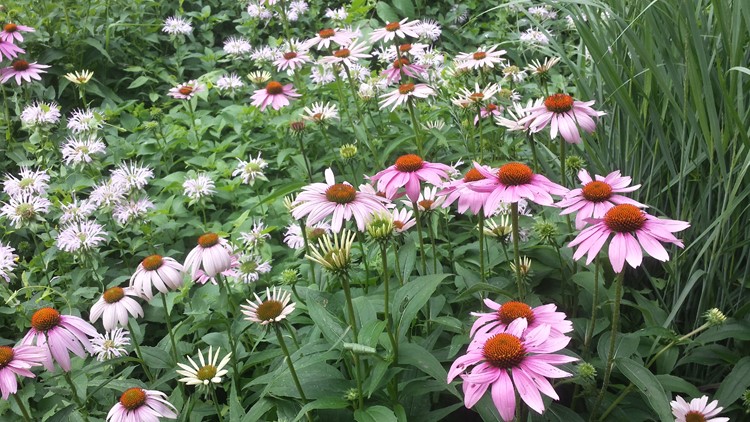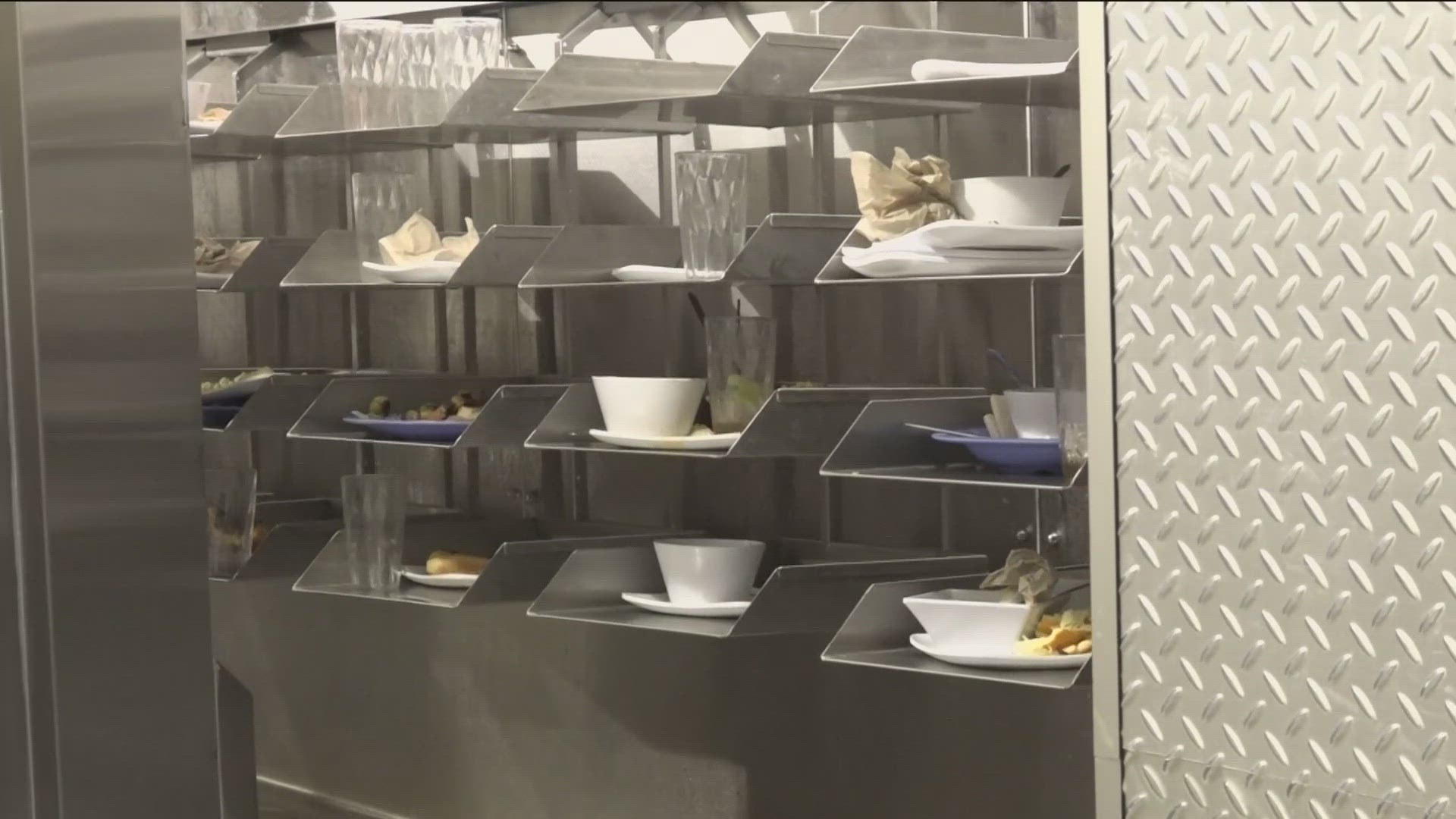TOLEDO, Ohio — In continued efforts to maintain native plant and wildlife populations in northwest Ohio and beyond, the Toledo Zoo is collaborating with Bowling Green State University to expand conservation project "Wild Toledo."
According to a press release issued by the Toledo Zoo, through the two organizations' partnership, conservationists will use 14 acres of land on the University campus to both increase native plant production and provide students with an environment to learn skills like habitat restoration.
The project includes transforming "under-utilized" turf grass and non-native ornamental flora into biologically-diverse, thriving prairie ecosystem in-line with natural northwest Ohio vegetation. Since 2014, the Wild Toledo project has created over 70 native-species habitats in Tennessee, Michigan and Ohio for a variety of clients, including businesses, local governments and school districts.
In a statement, BGSU President Rodney K. Rogers said the project aligns with BGSU's educational and community-oriented missions.
"This partnership formalizes a longtime collaborative relationship between the Toledo Zoo and Bowling Green State University," Rogers said. "The Toledo Zoo is an anchor of our region, state and beyond, respected for its breadth of offerings and commitment to community engagement, which is absolutely aligned with our work as a comprehensive public university for the public good."
Though an official timeline of the project was not provided, a Toledo Zoo representative said the project is expected to be completed in the following four stages:
- Stage 1: Initial development of the site, including nursery benches, in-ground trees and shrubs, harvest area and irrigation.
- Stage 2: Construction of expandable greenhouse and greenhouse benches, as well as additional expansion of outdoor benches as needed.
- Stage 3: Construction of a monarch greenhouse.
- Stage 4: Construction of office and indoor space for employees.
According to the Wild Toledo website, benefits of native plant installations include increasing habitats for pollinators like bees, resting spots for migratory birds and food sources for local wildlife. They also provide broader environmental benefits like reducing carbon dioxide in the atmosphere and diminishing chemical runoff.
Common plants native to Ohio include black-eyed Susan, blue wild indigo, butterfly weed, common milkweed and more according to Ohio State University.
MORE LOCAL HEADLINES FROM WTOL 11



